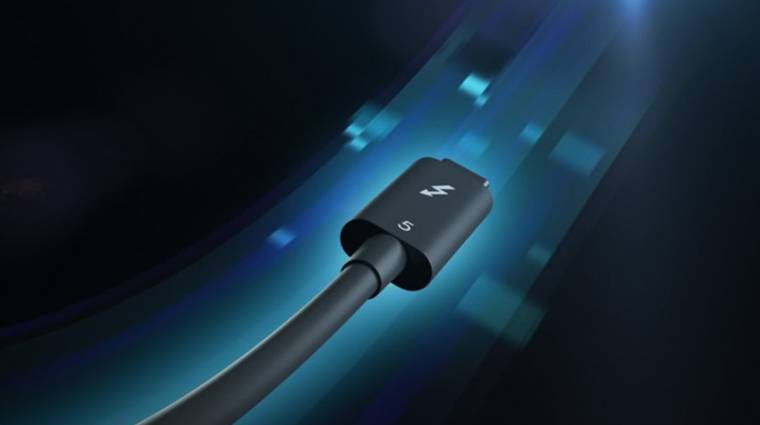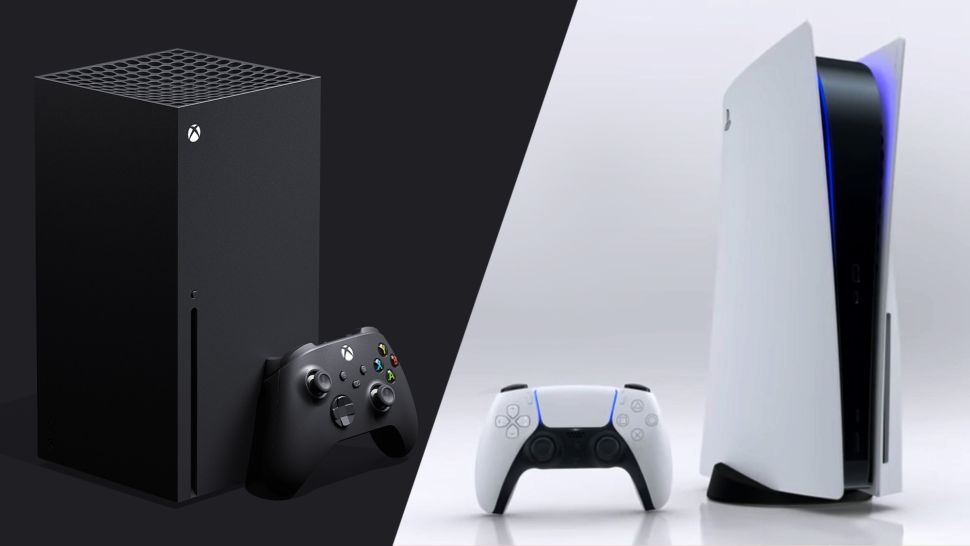Intel’s new data transfer standard has been officially introduced.
In 2011, Intel and Apple, once great friends, came up with the first generation Thunderbolt interface, which combines the PCI Express and DisplayPort standards in a single cable, and also takes care of the power supply.
Intel has been working on Thunderbolt 5 for years, which has advanced the technology even further, leading to a memorable leak in 2021 thanks to one of the company’s oblivious executives. However, the standard has now been officially introduced, making significant progress over the previous generation.
The interface, which maintains the USB Type-C format, has doubled the speed, instead of the previous 40 Gbps, it now supports data transfer at 80 Gbps (bi-directional), which can be increased up to 120 Gbps in Bandwith Boost. mode, but this requires a high bandwidth device. Thunderbolt 5 can handle multiple 8K displays, or up to 3 4K displays at a 144Hz refresh rate (Thunderbolt 4 was limited to two 60Hz 4K panels).
The reference also includes compliance with the DisplayPort 2.1 standard. For gamers, a maximum refresh rate of 540Hz is now available, and the new interface can charge laptops at up to 240W. Jason Zeller, Head of Customer Communications at Intel A computer gamesUseful for He praised the progress as making Thunderbolt 5 the best technology yet for creative professionals and gamers.
In the interview, Zeller also mentioned that thanks to the doubled bandwidth, the new interface will also give a new impetus to the popularity of external video cards. Of course, a hardware upgrade will be necessary for this, as the first Thunderbolt 5-capable devices won’t appear until sometime in 2024.












































